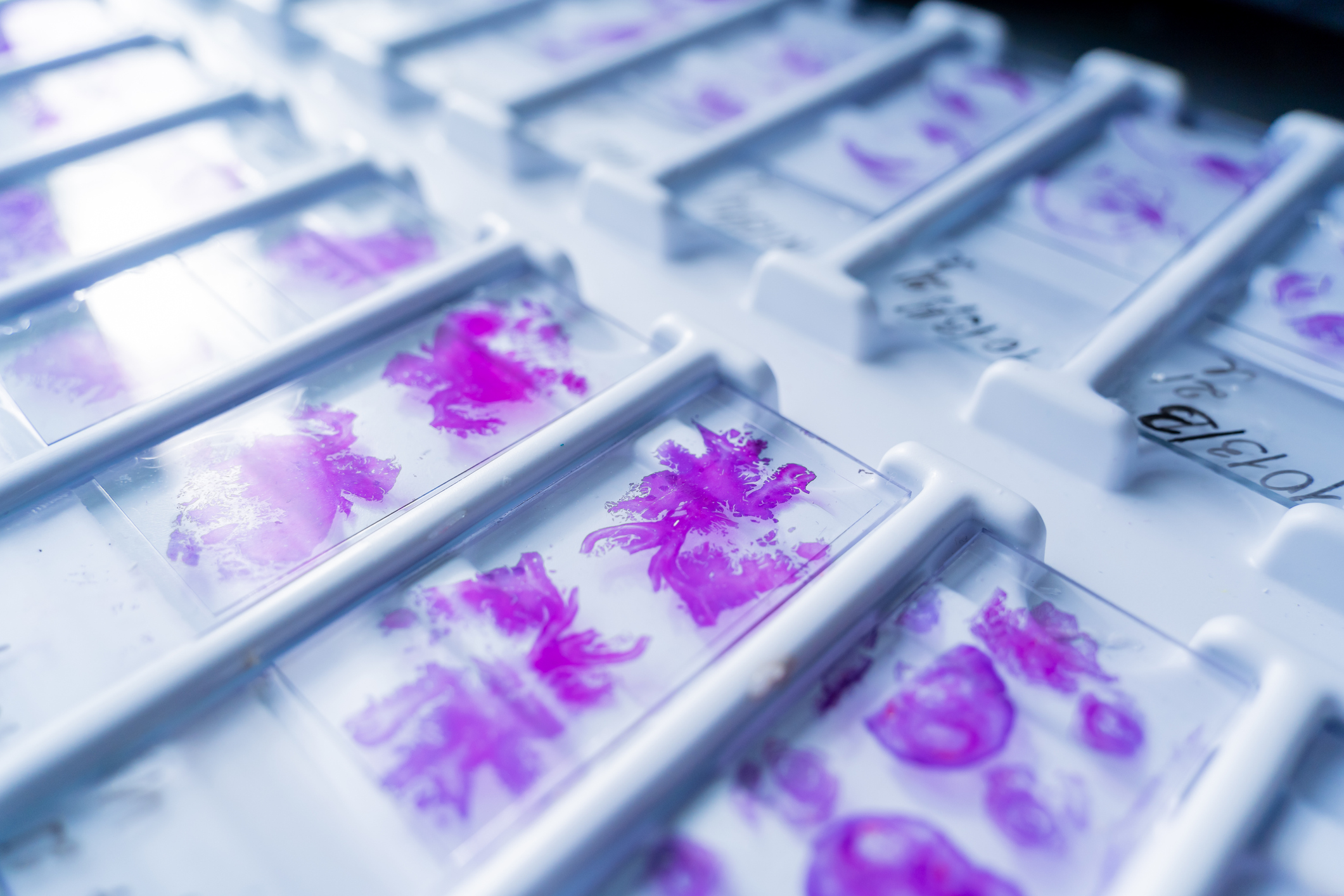Bioengineering is an interdisciplinary endeavor that promises breakthrough innovations in cancer research. Bioengineering approaches will lead to the development of new agents for diagnosis and new methods for drug delivery as well as advanced techniques for tissue growth in vivo and in vitro.

Credit: iStock
Bioengineering is an interdisciplinary endeavor that promises breakthrough innovations in cancer research. Bioengineering approaches will lead to the development of new agents for diagnosis and new methods for drug delivery as well as advanced techniques for tissue growth in vivo and in vitro.
Over the past decades, we have amassed deep knowledge of cancer biology. With our current understanding of how and why cancer cells behave the ways they do, we can now apply the principles of engineering to develop systems and materials to manipulate cancer cells, improve drug development and devise better methods of delivering cancer therapies. CCR’s new Center for Cancer Bioengineering will be a hub for this interdisciplinary research, where biologists come together with chemists, physicists, engineers and clinicians to solve critical problems in cancer research and treatment.
Within bioengineering is the broad field of biomaterials. One of the most prominent aspects of this field are synthetic or natural materials that have been engineered to interact with cells and tissues. For instance, hydrogels are polymers that can assemble inside the body and capture drug molecules to concentrate them where they are needed and control their release to extend the time that cancer cells are exposed to the treatment. Implantable devices, which might be placed at the same time a tumor is surgically removed, can release anticancer immune cells or drugs to stave off cancer’s recurrence. Drug-carrying nanoparticles might even be administered systemically and release their cargo only once they have reached a tumor’s microenvironment, activated by chemical cues they encounter there. Innovative new biomaterials will also enhance the diagnosis of cancer, such as sensitive imaging sensors that detect specific features of cancer cells.
Another active area of bioengineering research and application is tissue engineering. Technologies that promote the growth of human tissues — either in a lab or in the body — have long been vital to the field of regenerative medicine. For patients who lose tissues to cancer, these approaches may help restore function and quality of life. Tissue engineering technologies might also help fight cancer itself. For example, structures that support the growth and survival of anticancer immune cells might be used to improve the efficacy of cell-based immunotherapies.
Tissue engineering is also transforming the way cancer is studied in labs and advancing drug development. Building on natural or synthetic scaffolds that support the development of three-dimensional tissues, researchers can recreate key elements of the complex environments in which tumors exist inside a patient’s body. Increasingly sophisticated laboratory systems are being developed to model tumors’ interactions with the body’s organs and immune cells. These create new opportunities to screen experimental therapies, testing both their effects on tumors and potential toxicities. Because such systems can be developed using human cells, they may reveal information that animal tests cannot. Three-dimensional models developed from patients’ tumor cells might even one day be used to find out how one person’s cancer is likely to respond to specific drugs and identify the most effective treatment for that individual.
The essence of bioengineering is the design and creation of biological materials. While current efforts focus heavily on modification of existing molecules and cells, it is likely that in the future complex biological materials and cell-like agents will be synthesized from defined components to execute highly specific biological processes with high efficiency and in a fully controllable fashion.
Bioengineering is rapidly transforming our efforts to reduce the burden of cancer. Nearly every aspect of cancer research and treatment as well as the good of our cancer patients stands to benefit from creative bioengineering approaches.


